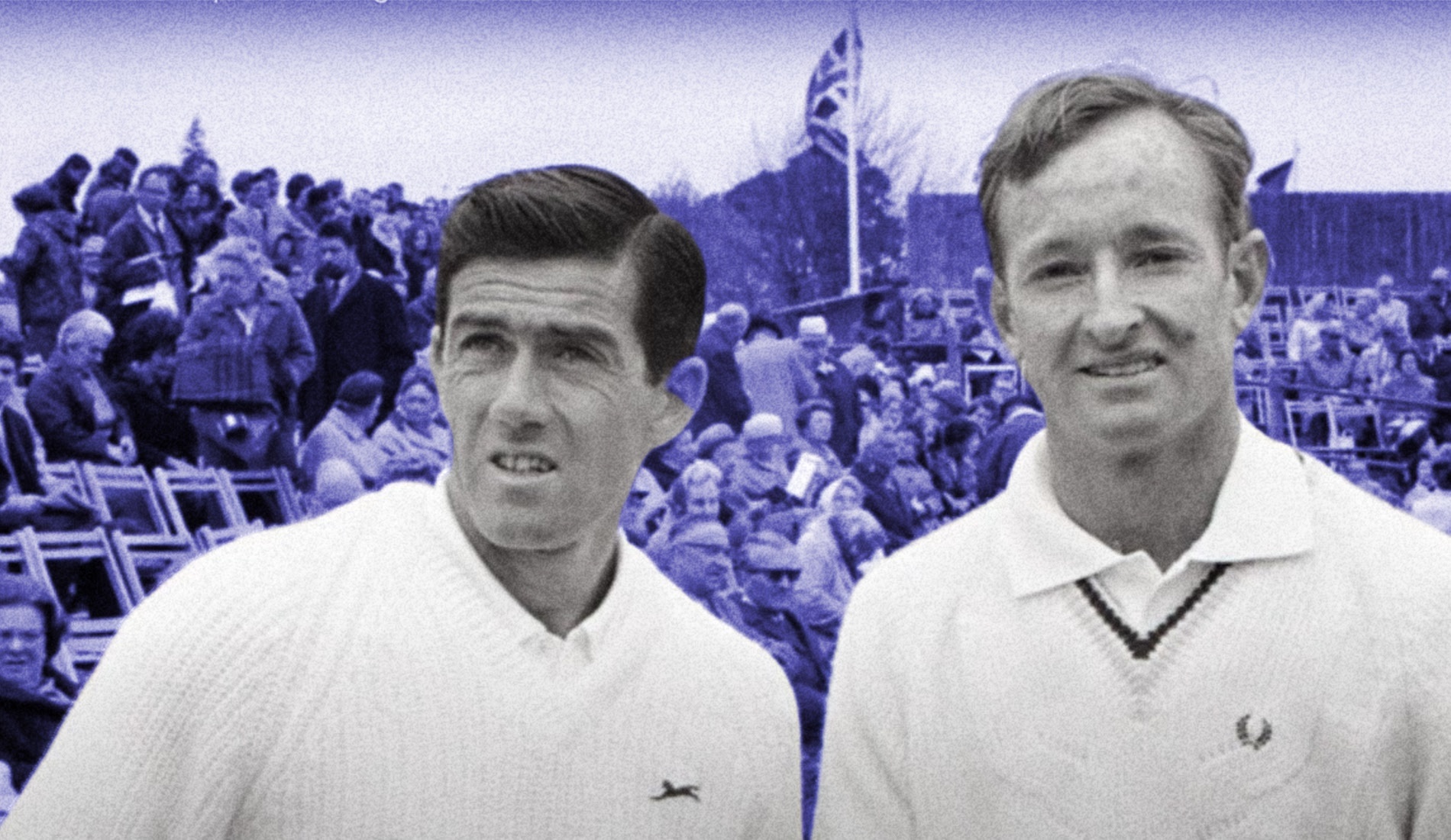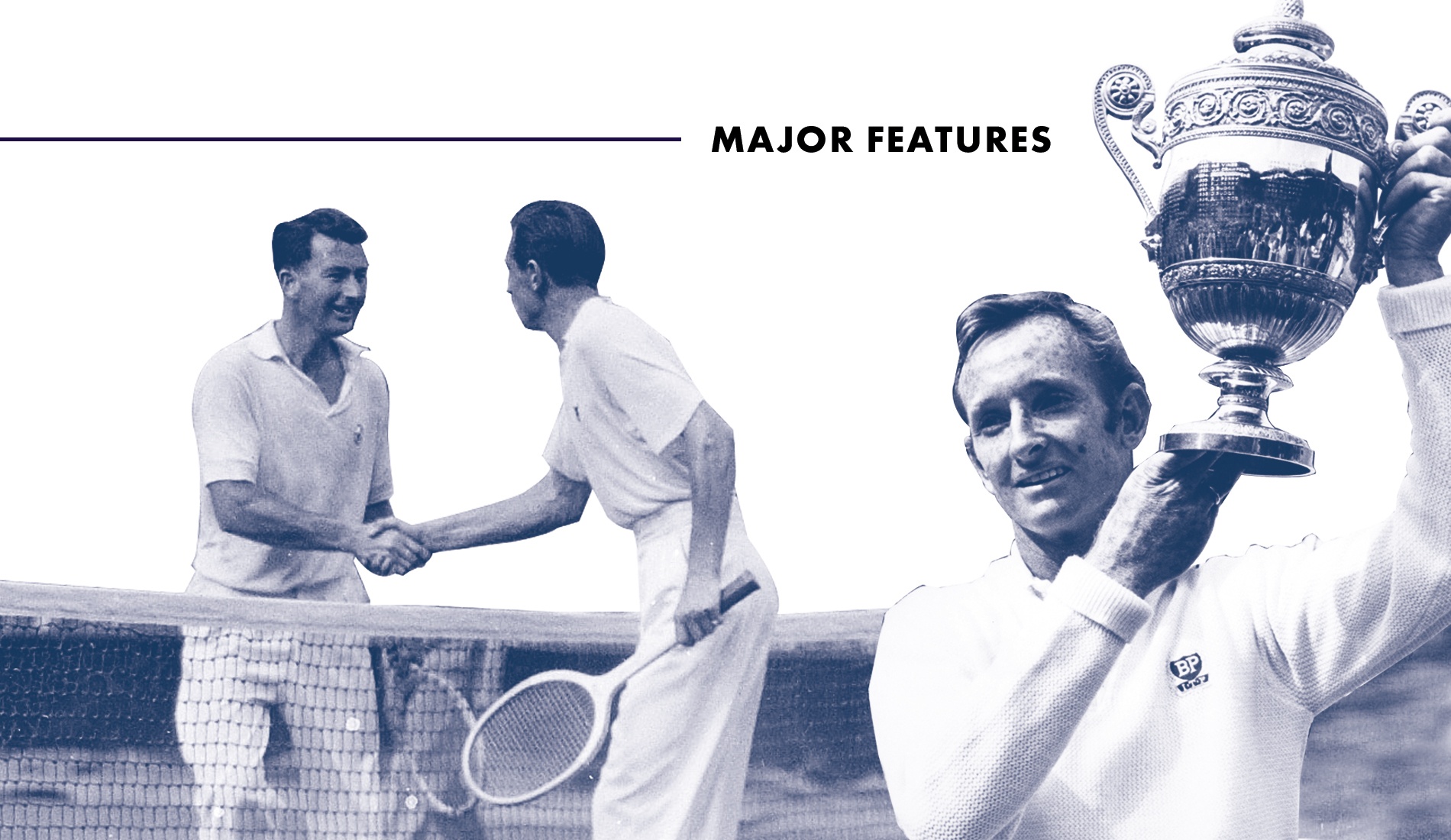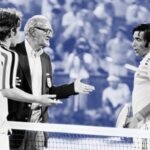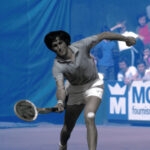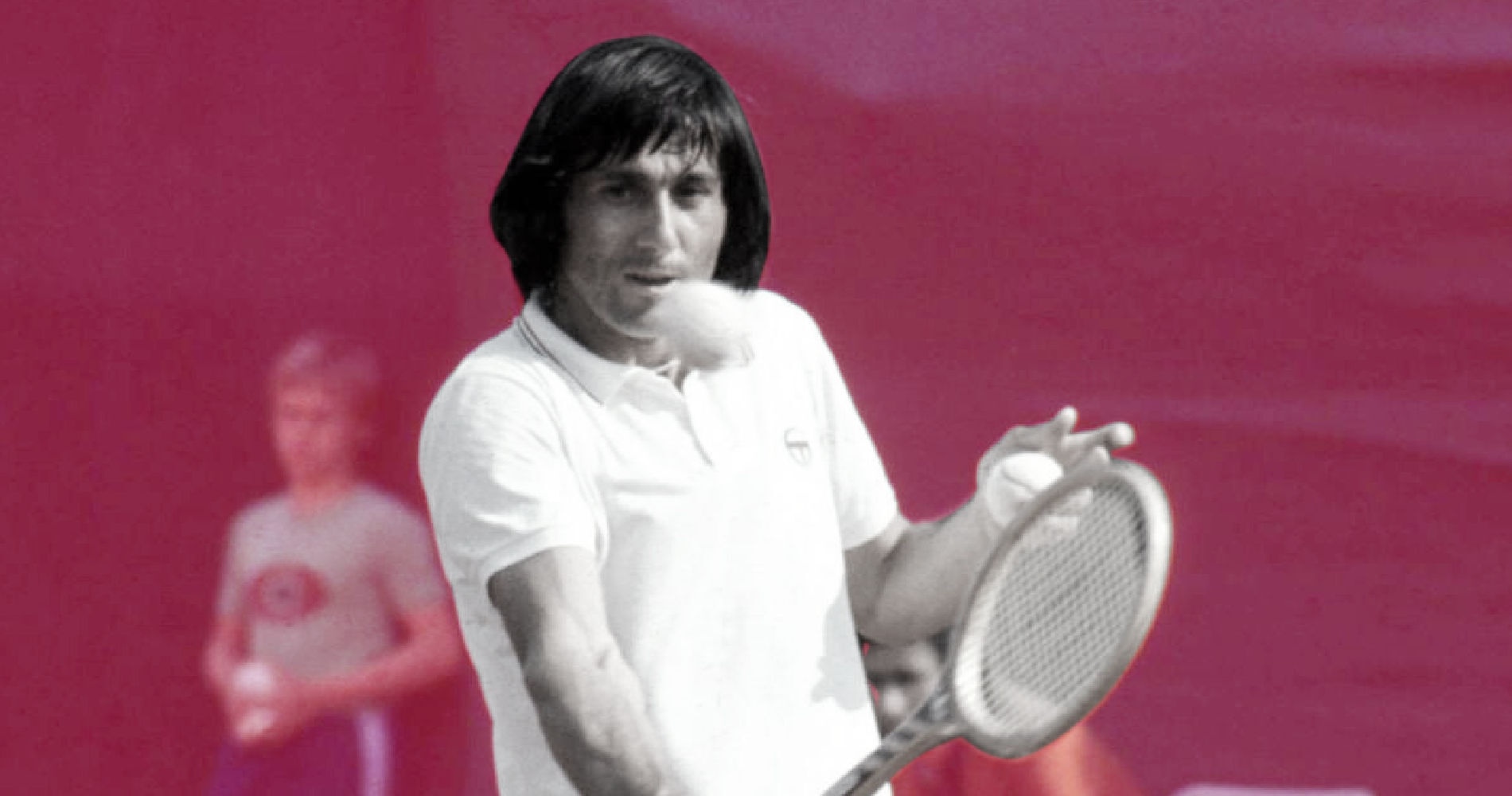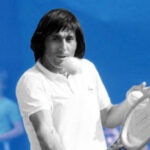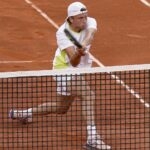April 5, 1975: The day Ilie Nastase nearly forfeited a match but resumed to beat Ken Rosewall
Each day, Tennis Majors takes you back in time to an important moment in tennis history. On April 5, 1975, Ilie Nastase displayed some of his most famous antics against the Australian legend Ken Rosewall before winning in three sets in Arizona
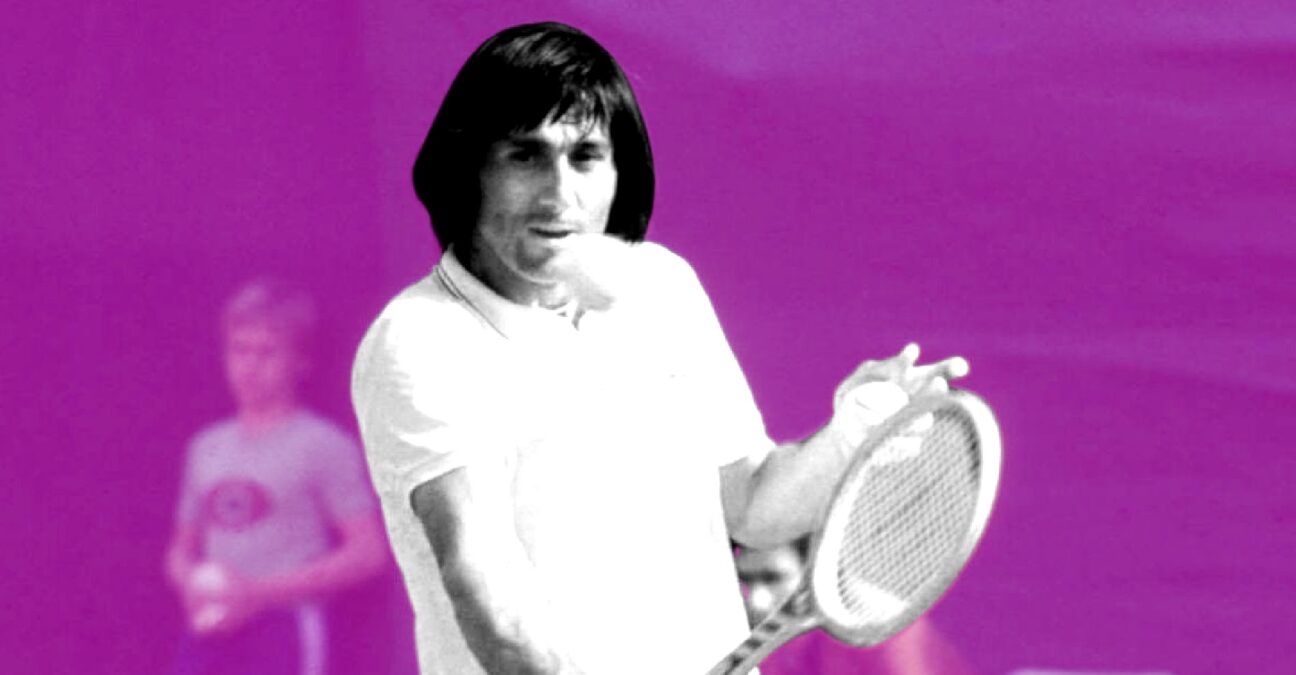 Ilie Nastase
Ilie Nastase
What happened exactly on that day?
On this day, April 5, 1975, in Tucson, Arizona, Ilie Nastase displayed some of his most famous antics against the Australian legend Ken Rosewall. Trailing 6-3, 5-4, the Romanian pretended to forfeit the match after a controversial line call, but after having nearly left the court, he resumed the match, and won (3-6, 7-5, 6-2), having broken his opponent’s momentum.
The players: Ilie Nastase and Ken Rosewall
- Ilie Nastase: Tennis’ original bad boy aka “Nasty”
Ilie Nastase, born in 1946, started competing internationally in 1966, playing doubles with fellow Romanian Ion Tiriac, and he obtained his first breakthrough results in singles in 1969, when he managed to beat great players such as Tony Roche and Stan Smith. He played his best tennis between 1971 and 1976.
During these years, loved by the crowds and despised by most of the other players because of his attitude, he reached the Roland-Garros final in 1971, where he was beaten by Jan Kodes (8-6, 6-2, 2-6, 7-5). After another major final loss at Wimbledon in 1972 (lost to Stan Smith in five sets, 4-6, 6-3, 6-3, 4-6, 7-5), Nastase claimed his first Grand Slam title at Forest Hills a few months later, defeating Arthur Ashe in the final (3-6, 6-3, 6-7, 6-4, 6-3).
The following year, after triumphing at Roland-Garros against Nikki Pilic (6-3, 6-3, 6-0), he became the first player to become world No 1 on the newly established ATP rankings list. He held on to this spot for 40 weeks. Nastase obtained his best result at the Masters Cup, a tournament he won four times, in 1971, 1972, 1973 and 1975.
Nastase was known to be a great entertainer, but his unpredictable behaviour was often controversial amongst his peers, and although the crowds generally liked his antics, he often went too far and was booed as a consequence. An entire book would not be enough to tell all the anecdotes about “Nasty”. Constantly arguing with the officials, he could also imitate his opponents, taunting and badmouthing them until they lost their temper.
- Ken Rosewall a.k.a “Muscles”
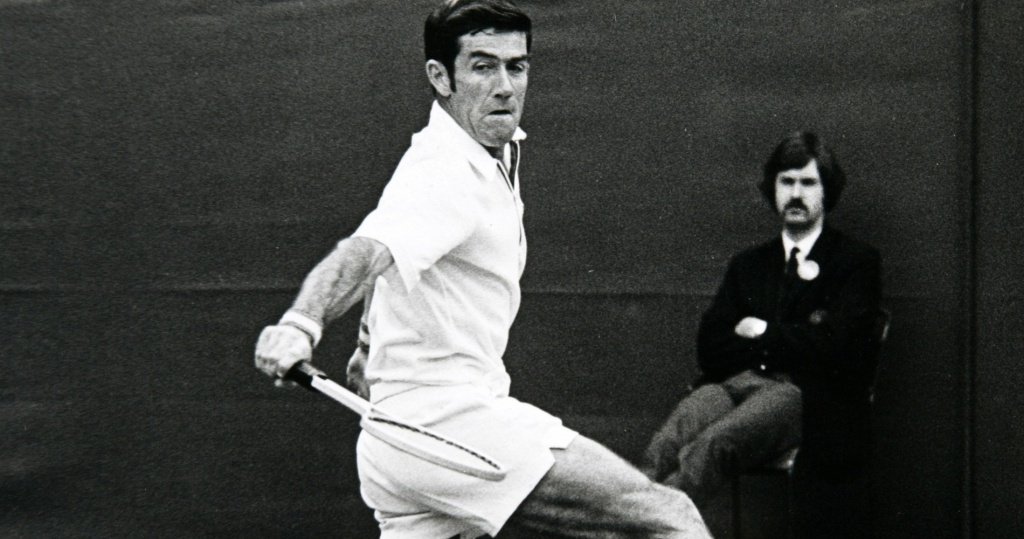
Ken Rosewall, born in 1934, was one of the best amateur players in the 1950s, claiming four Grand Slam titles (the 1953 and 1956 Australian Championships, Roland-Garros in 1953 and the 1956 US Nationals), and winning the Davis Cup three times under the Australian flag (1953, 1955, 1956).
At the end of 1956, after he got married, he signed a contract with Jack Kramer to become a touring professional player, which at the time meant that he could no longer play any Grand Slam tournaments nor participate in the Davis Cup. Rosewall, whose backhand was considered as one of the greatest of all times, then became one of the best players on the pro tour, winning as many as 15 major pro titles.
Nicknamed “Muscles”, Rosewall notably won the Roland-Garros French Pro no less than four times (1960-1963). In April 1968, he won the first tournament of the Open Era, defeating Rod Laver in the final in Bournemouth (3-6, 6-2, 6-0, 6-3), and a few weeks later, he claimed the first Open Grand Slam, beating Laver a second time in the Roland-Garros final (6-3, 6-1, 2-6, 6-2).
Rosewall added three more major titles to his impressive list of achievements, triumphing at the US Open in 1970, and at the Australian Open in 1971 and 1972, becoming the oldest Grand Slam champion of all time. Rosewall played two more major finals before his retirement, both in 1974, at the age of 40, and each time, he was defeated by the new world No 1 Jimmy Connors. At Wimbledon, Connors defeated Rosewall in straight sets (6-1, 6-1, 6-4), but the US Open final turned into an execution (6-1, 6-0, 6-1).
The place: Tuscon, Arizona
The 1975 American Airlines Tennis Games was a men’s tennis tournament played on outdoor hard courts. It was the predecessor of the Indian Wells Masters and was an ATP sanctioned tournament but not part of the World Championship Tennis (WCT) or Grand Prix seasons. The tournament was held in Tucson, Arizona and ran from March 31 to April 6, 1975.
The facts: Nastase had never defeated Rosewall until…
When Ilie Nastase faced the Australian legend Ken Rosewall in the semi-finals of the American Airline Tennis Games, he should have been the favourite. He was ranked three spots behind him in the ATP rankings but was 12 years younger, and in the previous round had defeated the second seed and world No 4 Rod Laver, the man who had achieved the calendar-year Grand Slam twice. However, in three previous encounters, the Romanian had never managed to beat Rosewall. In the pre-match press conference, he had expressed his lack of confidence before facing the Australian.
He’s the most difficult player in the world for me
Ilie Nastase
The beginning of the match confirmed Nastase’s inability to trouble Rosewall. The 41-year-old Australian quickly took a 6-3, 4-2 lead and, even though, he was not as dominant in the following games, he served for the match at 5-4. Nastase won the first point of that game, but things were about to get ugly. Rosewall served an ace on the centerline, where earlier one of Nastase’s serve had been called out by the same linesman.
“I don’t want to play anymore,” Nastase told the umpire, infuriated by this call, which he deemed was unfair to him.
The first world No 1 in ATP history then put down his racquet and sat down. The umpire could have easily disqualified him, but instead, he tried to convince Nastase to resume the match. Rosewall didn’t react, while another ATP official came over and persuaded the Romanian not to forfeit.
Although Rosewall remained calm, his concentration was broken. He lost the next 10 points, giving up the second set 7-5 and soon found himself trailing 5-0 in the decider. Despite a last-ditch effort, the Australian legend was defeated 3-6, 7-5, 6-2.
“Yes, it did break my momentum,” Rosewall simply commented.
In the following hours, dozens of outraged spectators called the tournament venue to express their anger at Nastase’s behaviour. ‘Nasty’, however, claimed he did not act up with the idea of breaking his opponent’s concentration.
“Maybe I was wrong to do what I did, but I wasn’t thinking of upsetting him. I have too much respect for him. He’s the most difficult player in the world for me, and I still don’t know how I beat him. I don’t have respect for any other player on the court – if you have respect, you shouldn’t play – but I do for him.”
What happened next? Nastase couldn’t finish the run
In the final, Ilie Nastase would be defeated by another Australian player John Alexander (7-5, 6-2). In the following years, he would face Rosewall five more times, claiming two more wins against the aging Australian legend.
Nastase’s last great year on the tour was 1976, when he finished runner-up to Bjorn Borg at Wimbledon (6-4, 6-2, 9-7), before reaching his last Grand Slam semi-final at the US Open (edged by Borg again 6-3, 6-3, 6-4). His antics would peak at the 1979 US Open, in an infamous match-up lost to John McEnroe.
Rosewall would retire in 1978, having won an estimated 133 singles titles throughout his career. The center court of the Sydney Olympic Park would be named after him in 2008. Until this day, he remains the oldest Grand Slam winner of all time, with Roger Federer coming within one point of beating that record at Wimbledon in 2019.
